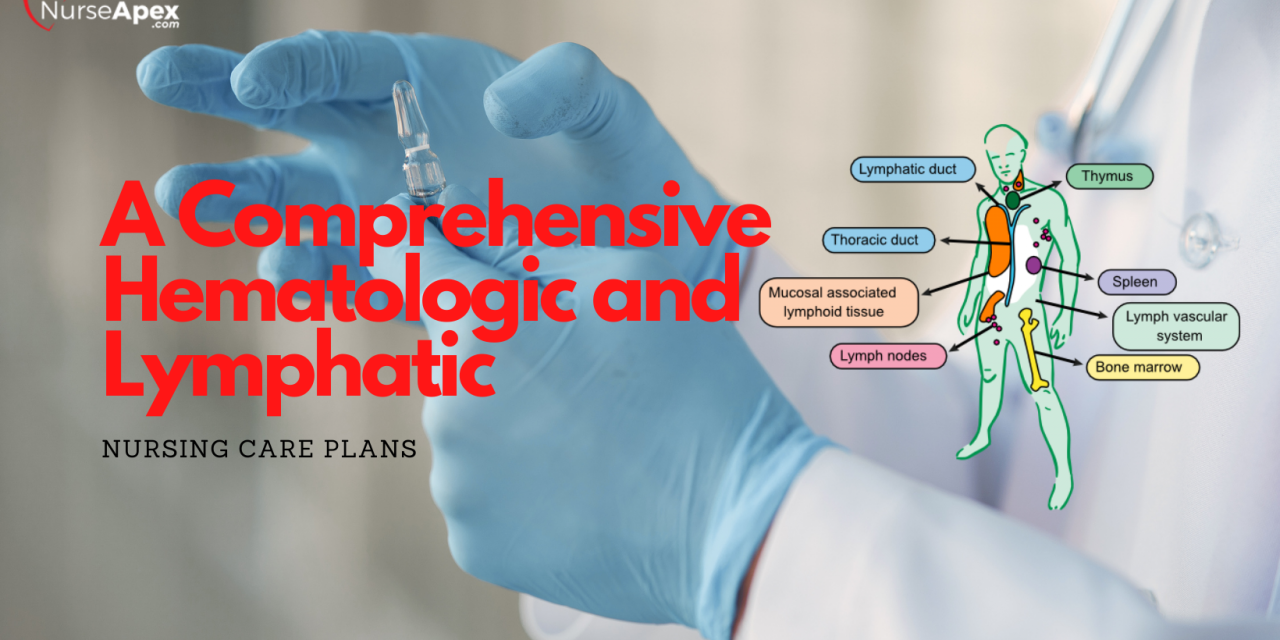If you or a loved one has been diagnosed with a lymphatic disorder, a comprehensive hematologic and lymphatic care plan is critical to your overall health. Listed below are some common causes, treatment options, and prevention measures. If you or a family member has been diagnosed with lymphatic filariasis, the treatment options available are critical to the treatment process. To learn more about your options, contact a qualified doctor today.
Lymphatic system
Your lymphatic system is a complex network of vessels and organs that drain watery fluid, also known as lymph, from all parts of your body. Your lymphatic system also helps your body maintain fluid balance, removing waste products, and supplying nutrients to the body’s tissues. It is part of your immune system, which works to protect you from infection. Your lymphatic system includes veins, which collect blood from distant areas of your body. It contains proteins, salts, and water, as well as white blood cells that fight off infection.
During a visit to the doctor, your doctor may order various diagnostic tests to determine the presence and location of abnormal blood values. A CT scan, for example, will show the lymphatic system’s structure and allow doctors to diagnose a variety of diseases and disorders. In addition to CT scans, ultrasounds can help physicians detect enlarged lymph nodes and lymphatic tissue. Computerized tomography (CT) is another diagnostic test used to look for tumors in the lymphatic system.
While the treatment of a lymphatic disorder can help your body fight disease, it is also important to address any potential underlying causes. For instance, if you have an infection, you may experience lymphedema, a condition in which protein-rich fluid accumulates in tissues. Your lymph system contains nodes and lymphatic vessels that are parallel to your blood vessels and help regulate your body’s fluid volume and fight disease. Lymph nodes filter foreign matter and bacteria from the body, and recycle protein through the body. Occasionally, lymphedema may develop slowly, but can occur rapidly when trauma, infection, or aging has caused your body to lose lymph fluid flow.
Treatment options
Treatment options for hematologic and lymphatic cancers depend on the stage of the disease, its location, and the extent of organ damage. They usually involve several cycles of chemotherapy drugs. The preferred regimen includes ABVD, a combination of doxorubicin and bleomycin. Stanford V and BEACOPP also contain mechlorethamine. Other treatments may include stem cell transplantation.
When a patient is diagnosed with lymphoma, treatment options depend on the stage and type of disease. If the lymphoma is not causing symptoms, it may be slow-growing or have no signs of progression, a wait-and-see approach may be appropriate. If a patient experiences a slow-growing or reversible form of lymphoma, surgery may be recommended to remove a portion of the lymph nodes and rebuild the lymphatic system.
Hematologic and lymphatic treatment options include chemotherapy and radioimmunotherapy. Patients will receive an examination by a doctor and may undergo tests to determine the stage and type of lymphoma. Imaging tests are often done to determine whether lymphoma has spread throughout the body and how far it is affecting the patient’s health. Hematologic and lymphatic treatment options vary based on age, overall health, and the type of lymphoma.
Prevention
The Global Plan for Elimination of Lympatic Filariasis (GPELF) is designed to offer a comprehensive package of care to all those affected by chronic manifestations of the disease. The goal is to minimize suffering and improve quality of life for affected people. In addition, GPELF is designed to save lives. Currently, there are 81 countries that are endemic for lymphatic filariasis, and several more are implementing recommended strategies.
The hematologic and lymphatic systems include the blood and organs responsible for blood production. Disorders of the blood, bone marrow, and lymphatic tissues can impact any system of the body. Disturbances in this delicate balance can lead to life-threatening symptoms, severe pain, and even incapacity. Anemia, a condition where RBCs are insufficient to carry oxygen to tissues, can be a life-threatening condition.
A comprehensive hematologic and lymphatic care plan also addresses the treatment of existing conditions. Prevention and treatment is critical, and early detection can help a patient avoid more serious conditions. Visiting your physician regularly is the best way to maximize the quality of life. Hematologic and lymphatic care is an ongoing process. Prevention is the key to long-term health. And with regular screenings, you can rest assured that you are getting the best care possible.





